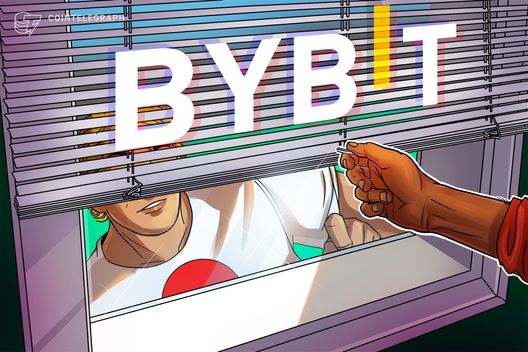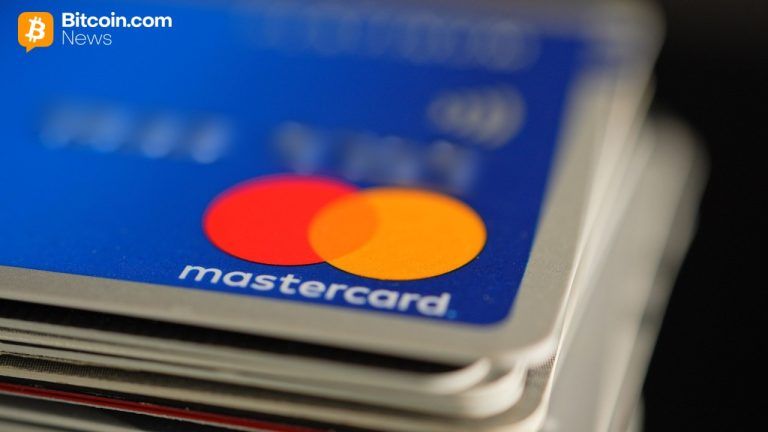Fed’s Barkin says soft landing looks more likely, but not inevitable
2 min read

Federal Reserve Bank of Richmond President Thomas Barkin said a soft landing for the U.S. economy is looking more likely but hardly certain, reiterating the continued possibility of further tightening.
“A soft landing is increasingly conceivable but in no way inevitable,” Barkin, who will vote on policy decisions this year, said in the text of a speech Wednesday. “Demand, employment and inflation all surged but now seem to be on a path back toward normal.”
Barkin defined a soft landing as inflation returning to normal levels while the economy stays “healthy.” He said inflation is “coming into range of our 2% target” and six-month core inflation, which excludes food and energy prices, is running slightly below the target.
Officials kept rates unchanged for a third straight meeting last month and signaled they expect three quarter-point rate cuts this year, according to the median forecast released after the policy meeting. Markets responded by moving forward their bets for rate cuts, with the first seen likely in March, though several Fed officials have tried to tamp down expectations for steep reductions in early 2024.
While Barkin acknowledged that most officials are expecting cuts in 2024, he said that “conviction on both questions” of inflation continuing its descent and the broader economy’s performance “will determine the pace and timing of any changes in rates.”
The Richmond Fed president laid out several risks for the economy this year in his remarks for the Raleigh Chamber in North Carolina, including how a recent plunge in long-term interest rates could stimulate too much demand and keep inflation elevated.
“While you might think this would be a first-class problem, strong demand isn’t the solution to above-target inflation,” he said. “That’s why the potential for additional rate hikes remains on the table.”
Barkin didn’t give his expectation for interest rates with any specificity, and he said central bankers would respond to incoming data.
“Conditions are ever evolving,” he said. “So too will our approach. So, buckle up. That’s the proper safety protocol even if you expect a soft landing.”
The Fed’s preferred gauge of underlying inflation barely rose in November and trailed policymakers’ 2% target by one measure, reinforcing the central bank’s pivot toward interest-rate cuts. On a six-month annualized basis, the core metric excluding food and energy rose 1.9%, the first time in more than three years that this measure was below the Fed’s goal.






